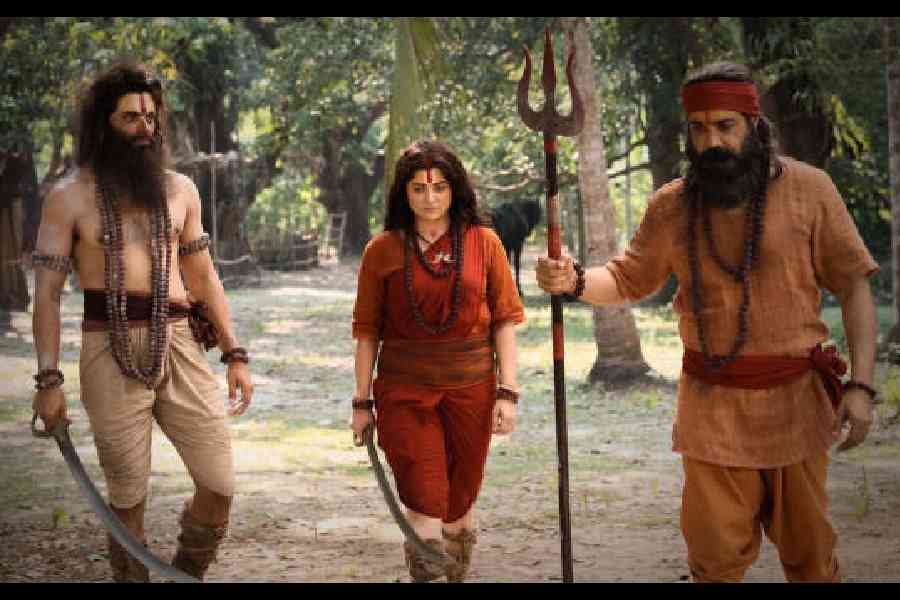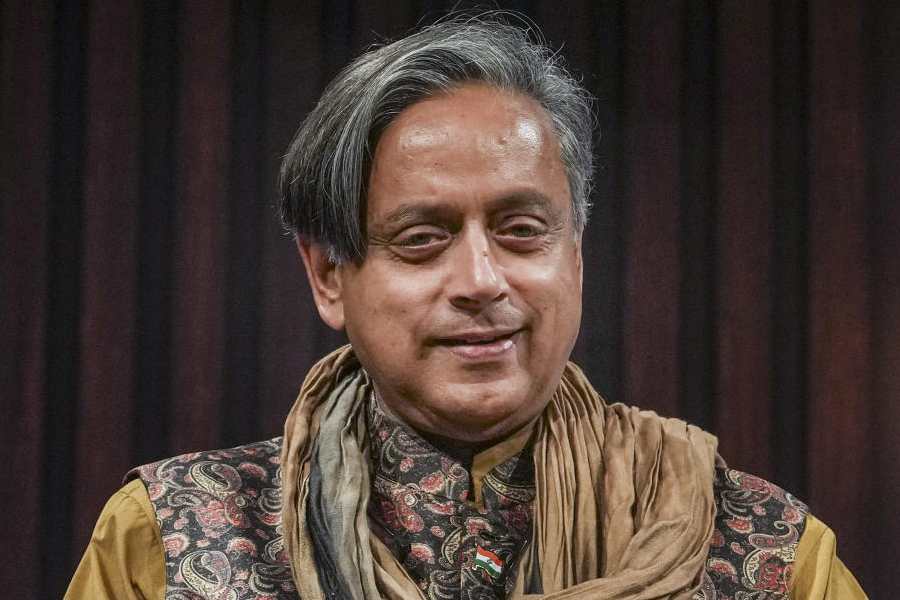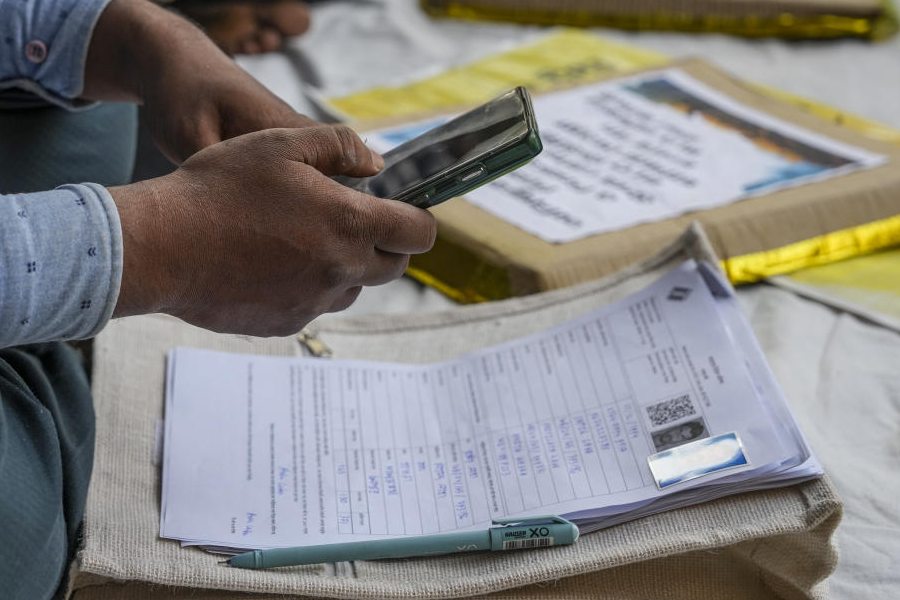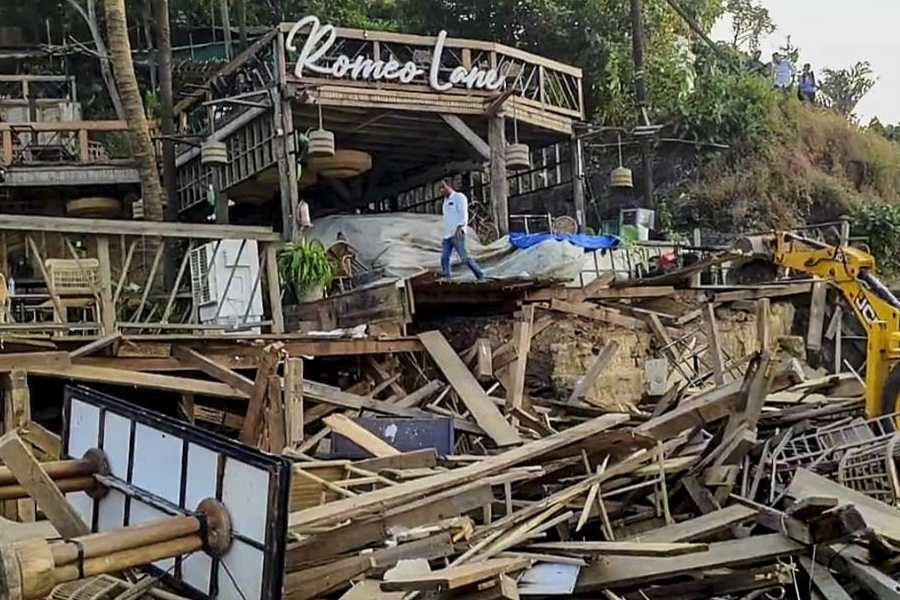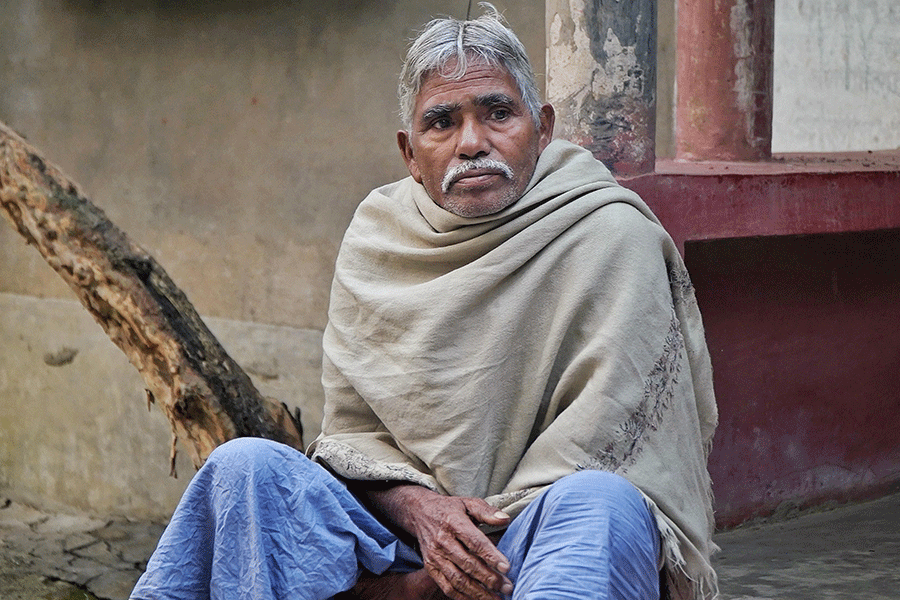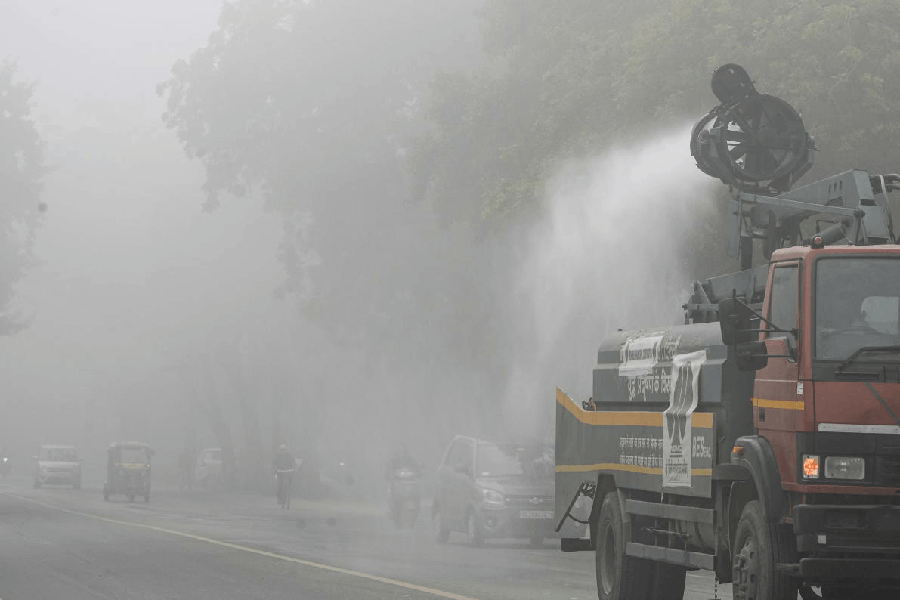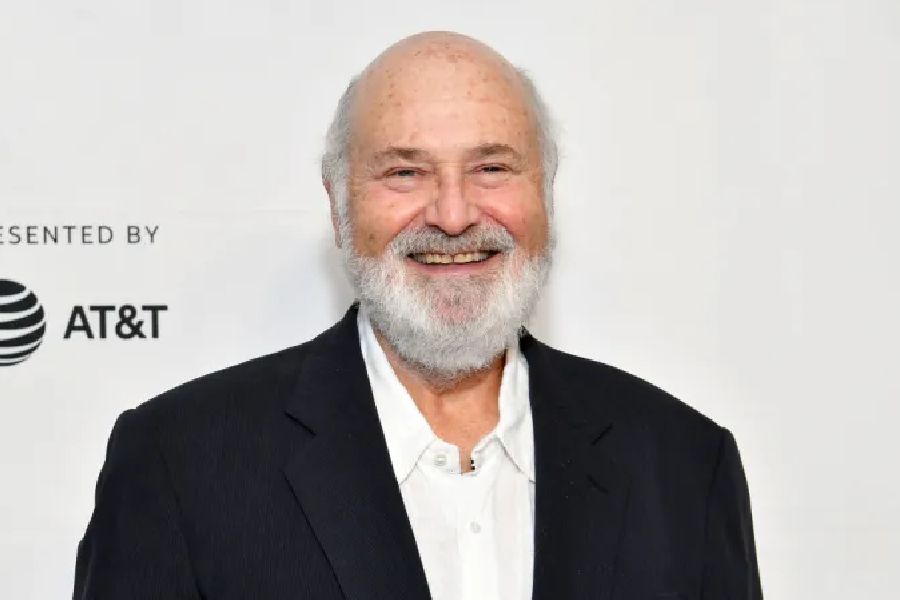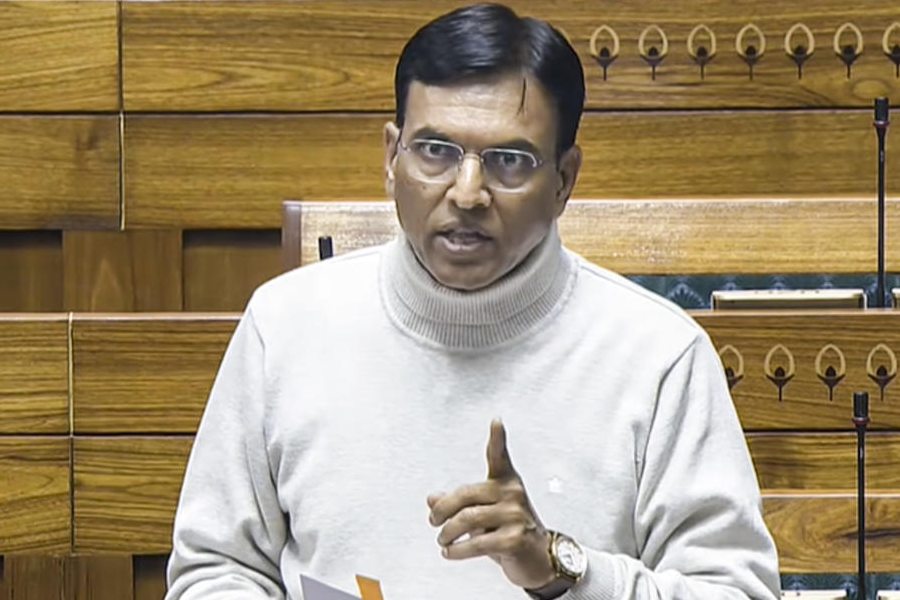It has been a month since Devi Chowdhurani released, and director Subhrajit Mitra is still taking in the reactions. Known for Avijatrik, which earned him a National Award, Mitra’s latest work blends history, literature and visual spectacle. Sitting down for a reflective chat, he speaks about the audience response, the challenges of scale and budget, his rapport with actors like Prosenjit and Srabanti Chatterjee, and the kind of stories that continue to draw him in.
How has the response been since the release?
Yes, everyone close to me, including my mother, has watched the film. The response has been overwhelming. People have connected with different elements of it — some liked the scale, some the performances, some the music. My mother, of course, loves everything her son does, so her review was predictable! My friends were more critical, but even they appreciated the craft and sincerity behind the project.
What stood out was that almost everyone had a similar reaction: they said Bengali cinema hasn’t seen something of this scale in a long time, especially a film that treats its historical source material so seriously. I received many compliments, both from the audience and from within the industry. Negativity on social media is always there — you can’t escape that in today’s world — but in this case, the negativity was surprisingly low. Devi Chowdhurani released alongside three other films, and the feedback for ours has been largely positive.
What made me happiest was the reaction from writers and historians. They appreciated the departure from mythologising and the effort to stay true to recorded history. That validation means a lot because, as a filmmaker, I was initially sceptical about how a period subject like this would resonate with a contemporary audience.
How was the journey like, especially working with Prosenjit Chatterjee and Srabanti Chatterjee?
It has been a long and demanding journey. The film could have been released much earlier, but there were factors beyond my control that delayed it. We were working on a large canvas, and a lot of research went into making it historically accurate while keeping it engaging.
Working with Bumbada (Prosenjit Chatterjee) is always a privilege. He’s a director’s actor in the truest sense — completely surrendered to the vision of the film. He brings with him a rare combination of discipline and empathy. Srabanti, on the other hand, was extremely obedient and receptive. She trusted my direction fully, even when I was pushing her into unfamiliar emotional spaces. We also had veterans like Benuda (Sabyasachi Chakrabarty) and Bickram Ghosh. Everyone was driven by the same intention — to make a good film. When every department works with that collective spirit, something special happens.
Some viewers had observations about Srabanti's casting for Prafulla’s timeline, given that the Great Bengal Famine forms the backdrop. What’s your take?
That’s an interesting point, but it’s important to clarify the context. We introduced Prafulla in 1775, about five years after the famine of 1769 to 1771. In her introductory scene, you can see the fields are green again — the crops have returned, life is stabilising. The famine is in the past by that point.
Also, Prafulla isn’t shown as coming from destitution. Her conflict isn’t hunger but vulnerability and lack of protection. People often associate famine with extreme poverty, but that’s a modern reading. In 18th-century Bengal, many families — even those not wealthy — had enough to eat. They grew their own rice, caught their own fish, and lived off what the land provided. Money wasn’t central to survival then as it is now.
That’s why we didn’t feel the need to portray her as visibly malnourished. It’s an artistic choice rooted in historical logic.
There’s a striking scene of a massive ship sailing down the Teesta River. Many found that surprising. How accurate is that image historically?
It’s completely accurate. The Teesta we see today is nothing like the Teesta of the 18th century. Its course, width and depth have all changed drastically. Historical records and British paintings clearly depict riverine ships and large barges sailing on the Teesta. It was an important navigational route for the East India Company. So, while that scene might look uncanny to us now, it’s actually based on real evidence. That’s the beauty of history — sometimes reality is stranger, or grander, than what we imagine.
Do you think the CGI could have been better?
Of course. What you see in the final film is not even 20 per cent of what I had originally visualised. Budget constraints tied my hands. The people who worked on the CGI did their best within what was available, but to truly realise the scale I had in mind, we would have needed to collaborate with studios in Mumbai or Chennai.
Still, I am grateful for what we achieved. It’s easy to forget how resource-heavy historical epics are. Even then, I think Devi Chowdhurani managed to look authentic and grand within the limitations we faced.
You’re known to be a very involved director. Did any performance surprise you when you watched the film on the big screen?
Not really. I am not an “action-cut” kind of director who stands back and lets things happen. I’m present for every detail, every take. From body doubles to voice acting, everything goes through my supervision. I know what’s happening in every frame. In many action sequences, for instance, some actors had doubles or used voice artists. All of that was carefully constructed to ensure consistency. Because of that level of involvement, there weren’t many surprises for me once I saw the finished film. Every element had already been created with precision during production.
If you could change anything about Devi Chowdhurani, what would it be?
Honestly, the whole film! (Laughs) I am extremely critical of my own work. The one major constraint was budget. I shot the entire film in just 22 days, which is almost unimaginable for a film of this scale. During our initial recce, we had planned for over 40 days of shooting. With more time and resources, I could have expanded the grandeur, given the actors more breathing space, and improved the visual effects. Filmmaking is always a balance between dream and reality. You do the best you can with what you have, but the creative mind always wants more.
Do you ever disguise yourself to watch your films in theatres?
Absolutely. I watched the first day, first show of Devi Chowdhurani at Nandan, wearing a cap and a mask. It’s something I love doing because you get to experience the audience’s reaction in real time, unfiltered. When Bumbada made his entry, the audience started cheering and whistling. It was incredible to see that kind of enthusiasm in a place like Nandan, which is known for its serious film-going crowd. Those reactions remind you of why you go through all the pain of making a film.
After Avijatrik and Devi Chowdhurani, both rooted in history and literature, are you continuing in that direction?
Yes, absolutely. That is my comfort zone — stories drawn from literature and history. I’m currently exploring three scripts: Kaal Mrigaya, Rai Bahaduri Bahabhshanakri and Maya Mrigaya. Two of them are in Bengali and one in Hindi. We’re still deciding which one to go ahead with first.
All three are period-based and revolve around human emotion, conflict and morality. I’ve always been fascinated by how history shapes identity. When you tell a story from the past, you are also commenting on the present. That intersection of time and emotion is what excites me most as a filmmaker.
Looking back now, a month later, how do you feel about Devi Chowdhurani as a whole?
I feel proud, though I’m never fully satisfied with my own work. For me, a film is alive as long as people are watching it and discussing it. Devi Chowdhurani has opened up conversations about Bengal’s past, about female power, about how we treat our literary heritage. That, to me, is success.
Cinema is about dialogue — between eras, between people, between ideas. If the film can make viewers curious about the novel, about the history of that time, or about the resilience of women like Prafulla, then it has done its job.

